Newfoundland
The Newfoundland is a sweet, patient, and devoted dog breed. Although because of their size, they may seem scary they are gentle dogs. These dogs are calm and especially gentle with the kids and that is why they got the nickname “nanny dogs”. Before you start searching for Newfoundland breeders be sure to learn everything there is to know about this breed.
Although they are calm and sweet they will still need training and socialization like any other dog. These dogs enjoy many different activities, but mostly they love water and swimming. With the right training, they can easily become rescue dogs.
FUN FACT: Landseer is a name for black and white Newfoundland dogs. These dogs are named after a painter, Sir Edwin Landseer who, in the 1800s, painted numerous works that featured black and white Newfoundland dogs.

Height:
26–28 in (66–71 cm)

Weight:
119-150 lb (54-68 kg)

Origin:
Canada

Life Expectancy:
9-10 years
Dog Breed Characteristics
They are massive dogs with large bones and large musculatures. Neffie has a huge lung capacity for swimming. Their head is massive, and it is in proportion with the rest of the body. When he is standing, his tail is hanging down with the possibility of a little curve at the tip. When this dog is in motion, their tail is carried straight up but never curled over the back.
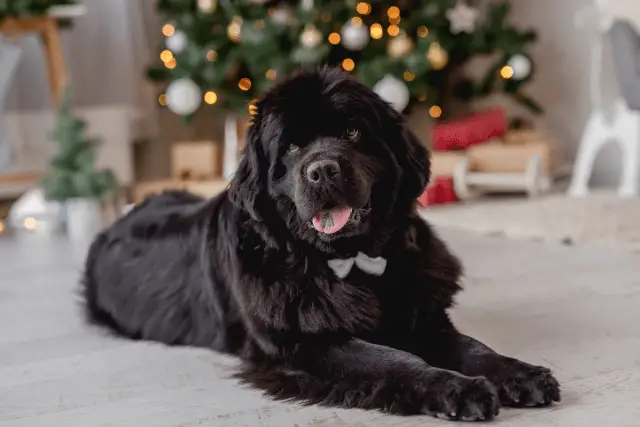
Newfie grooming
The Newfoundland has a flat, water-resistant double coat that can come in solid black, brown, grey, or Landseer (black and white). They shed moderately year-round, so make sure to brush your Newfie regularly, not just to control the amount of dead hair around your house, but to prevent mats and tangles.
In spring and fall, they shed heavily, so during this time, brushing needs to be a daily ritual. Most owners prefer to hire a professional groomer to do the job because this can be a daunting task.
Newfies drool and slobber often, especially after eating or drinking, so a smart thing to do is carry a hand towel to wipe your dog’s mouth as needed. Because these dogs love water and love to be wet, check their ears regularly, and make sure they are clean and dry to help prevent ear infections. Bathe your dog, trim his nails, and brush his teeth as needed.
If you want that your dog enjoys brushing, you need to start brushing your dog while he is a puppy. Make this a positive experience, and you can be sure your dog will enjoy brushing when he's an adult.
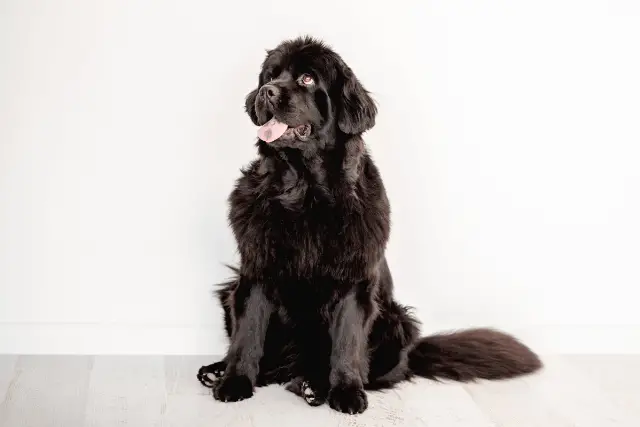
Temperament
The Newfoundland is an intelligent, loyal, sweet-natured dog with a calm temperament. This dog is the happiest when it is around its family, especially if there are children. Probably the most famous Newfoundland is Nana, the canine nursemaid in Peter Pan, which symbolizes this breed’s love of children and represents the breed’s life-saving instincts.
The Newfoundland is a friendly dog but very protective of his family. This breed can suffer from separation anxiety (that leads to destructiveness) if left alone too much and too often.
FUN FACT: A Newfoundland named Brumus was a “nanny dog”, helping Senator and Mrs. Robert F. Kennedy look after their 11 children.
Energy level
Adult Newfoundland does not require a great deal of exercise. Moderate everyday exercise will be enough for your dog to stay healthy and satisfied. They are working dogs and enjoy outdoor activities, especially swimming. Newfie will lie in the water whenever he gets the chance.
Take it easy with exercise for the first two years of your Newfoundland life. This is a period of rapid growth for these dogs, their growth plates are still forming, and hard exercise can damage them. These dogs thrive in cold climates and do not like it when it’s too hot outside.
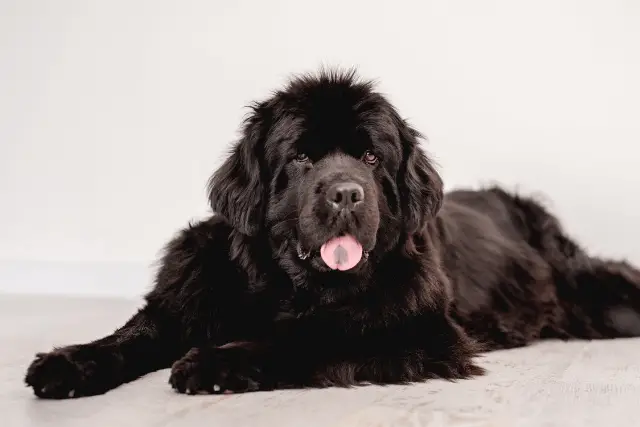
When it is really hot, keep your Newfoundland near air conditioning, and it's recommended that you bathe him or let him swim, if you have an opportunity, to cool him down.
Newfies and water
Why this dog is so exceptional because of their love for water and swimming, they have an incredible ability to rescue anything in the water because of their great strength and because they can swim extremely fast and evenly. There are many recorded examples where these dogs rescued humans from the Atlantic waters after a shipwreck.
Socialization
The Newfoundland needs to be socialized. Socialization is essential to prevent a Newfie from becoming overly shy, suspicious, or fearful of anything new or different. Usually, they go along with other animals and are easy to train, but because of their strong temperament, some Newfoundlands, especially young males, are very willful and require a firm hand to train them. Females are more willing to please.
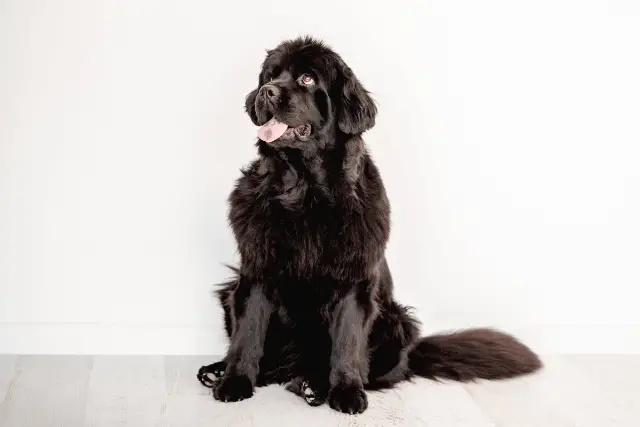
FUN FACT: In the romantic comedy “Must Love Dogs” from 2005, there was a dog named Mother Theresa that was played by two Newfie puppies. The director of the movie Gary David Goldberg adopted both these puppies after the shooting ended.
Newfoundland and kids
As we already said, these dogs got their nickname “nanny dogs” because of their high tolerance for children. They are great with both younger and older kids, but you should always supervise their play, especially with the smaller children because of their size, they could accidentally knock over a small child.
No matter how good the dog is, you always need to teach your kids how to play with him because if the kids respect the dog and know how to have correct interactions with him, he will do the same in return.
Newfie and other animals
This dog breed gets along well with everybody, including cats and other small animals, if raised properly from the start. They especially love animals with whom they were raised together in the household.

Health issues
Much like any other giant, the life span of a Newfoundland dog is sadly short, around 9 or 10 years. They are also prone to develop some serious health conditions during their lifetime.
Newfoundlands are prone to
- hip dysplasia,
- elbow dysplasia,
- Addison's Disease (a condition caused by insufficient production of adrenal hormones by the adrenal gland),
- cataracts,
- cherry eyes,
- bloat,
- Subvalvular Aortic Stenosis (heart problem caused by a narrow connection between the left ventricle and the aorta that can cause fainting and even sudden death),
- Cystinuria (a genetic kidney defect that leads to the formation of bladder stones that are very difficult to manage with diet or medication and often requires surgery both to remove the stones from the bladder and to repair urinary blockages),
- epilepsy, etc.
“A man is not a good man to me because he will feed me if I should be starving, or warm me if I should be freezing, or pull me out of a ditch if I should ever fall into one. I can find you a Newfoundland dog that will do as much.” - Henry David Thoreau

Newfoundland breeders
For you to get a healthy puppy, you must find responsible Newfie breeders. Never buy a dog from a puppy mill breeder or at a pet store because if you do so, your new dog has a higher risk of getting some serious health problems later in life. When talking to breeders, always ask them to show you the health certificates of their breeding dogs, and if possible, always ask to see them in person.
If you are unsure where you can find responsible breeders, we advise you to search for breeders at the cynological associations of your country or the World Dog Finder website. By doing that, you can be sure that every breeder is responsible and official, but you will still need to be careful when searching for your new puppy.
This is a highly intelligent dog breed that will enjoy daily walks, and with the right training, they could easily become rescue dogs. They will be great family dogs and will get along excellently with everybody if properly socialized and raised. If you manage to devote your time to this dog breed, you will get a “gentle giant” who will love and protect you and with whom you will enjoy every minute of your life.
World Dog Finder team

Updated at31.08.2023.
Breed History
The Newfoundland is a large dog breed developed in the Canadian province - the island of Newfoundland. They were bred to work with fishermen in that area. The Newfoundland is a dog of great size and strength, with a water-resistant double coat and webbed feet.
Thanks to all these characteristics, Newfoundland is excellent on land and at sea. The dog was used to pull carts, save victims of shipwrecks, pull children from deep water, and help fishermen haul in heavy nets.
There are three theories about how this dog came into being. The first theory is that Newfoundland resulted from a crossing between Tibetan Mastiff and now an extinct American Black Wolf. The second theory says that the Vikings left some dogs and that these dogs were eventually bred with wolves native to Eastern Canada, thus creating Newfoundland.
The third theory says that Newfoundland resulted from breeding many dog breeds, including Mastiffs, Pyrenean Sheep Dogs, and Portuguese Water Dogs.
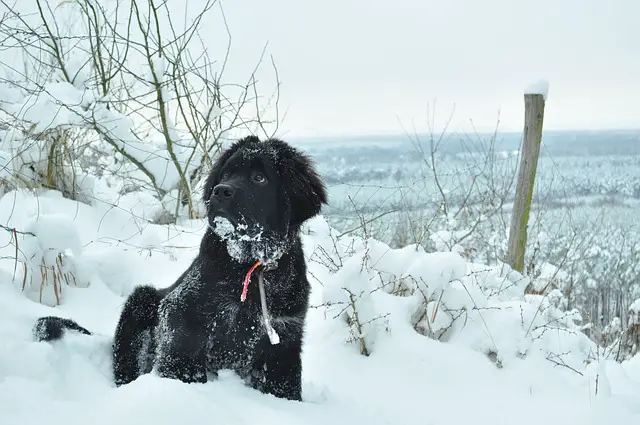
This dog breed was almost extinct because, in the 1780s, government-imposed restrictions that every Canadian family that owned this dog had to pay taxes for the dog to keep them. First, Newfoundland was shown in England in 1860, and ever since, these dogs became crazy popular and were a required part of the "equipment" on lifeguard stations along the coast of England.
FUN FACT: Newfoundland saved the life of Napoleon Bonaparte when he fell into the dark sea on his return to France after escaping exile on the island of Elba in 1815.
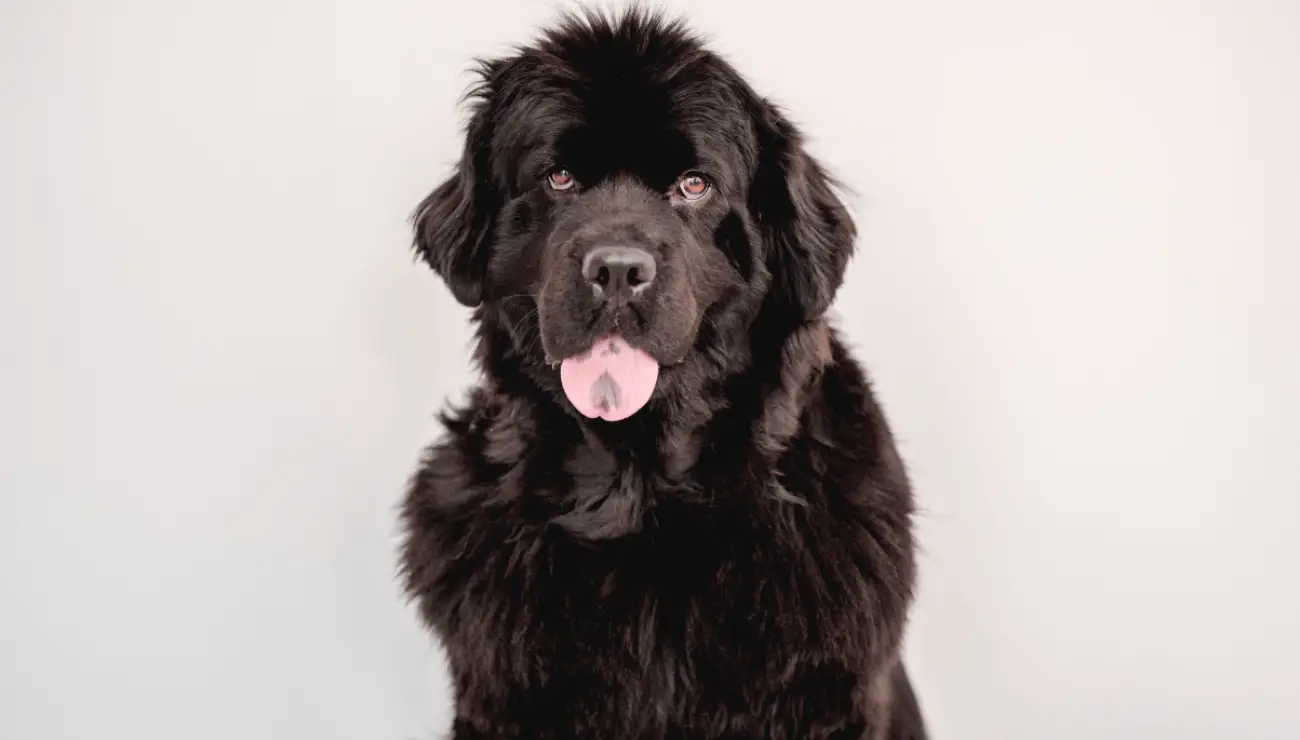
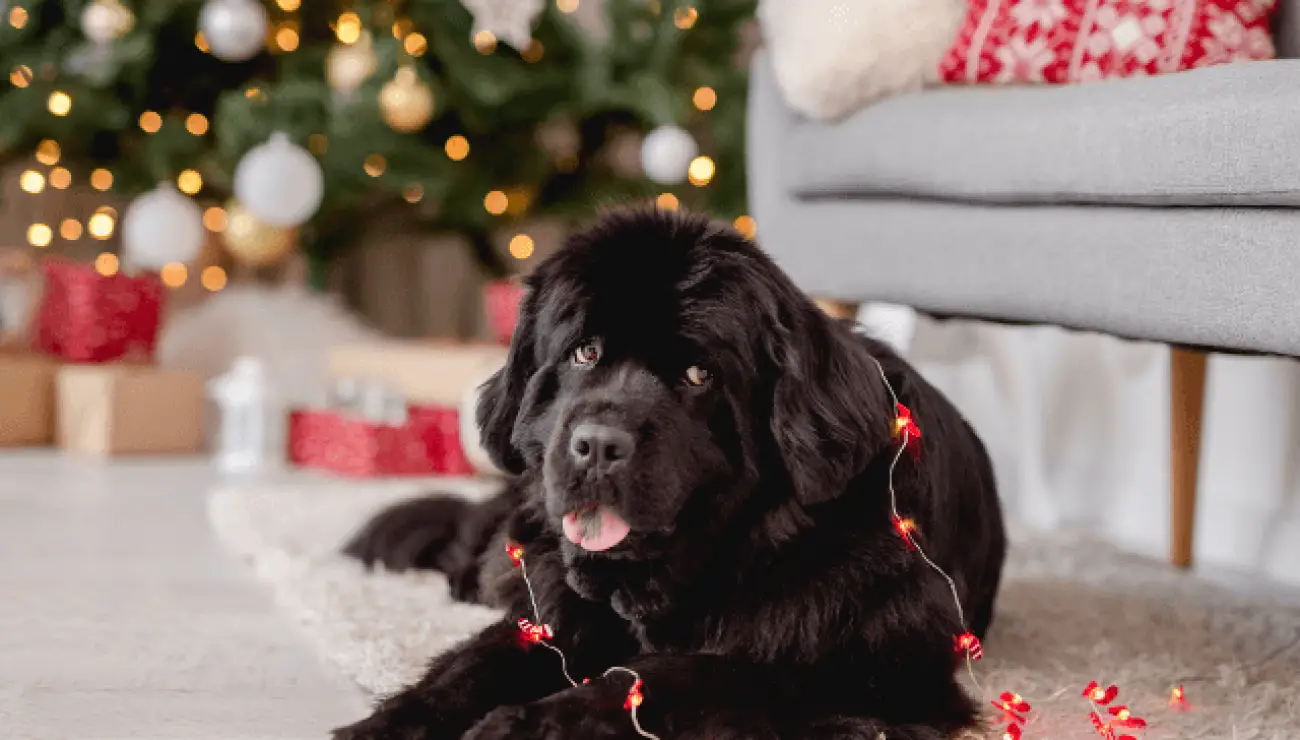

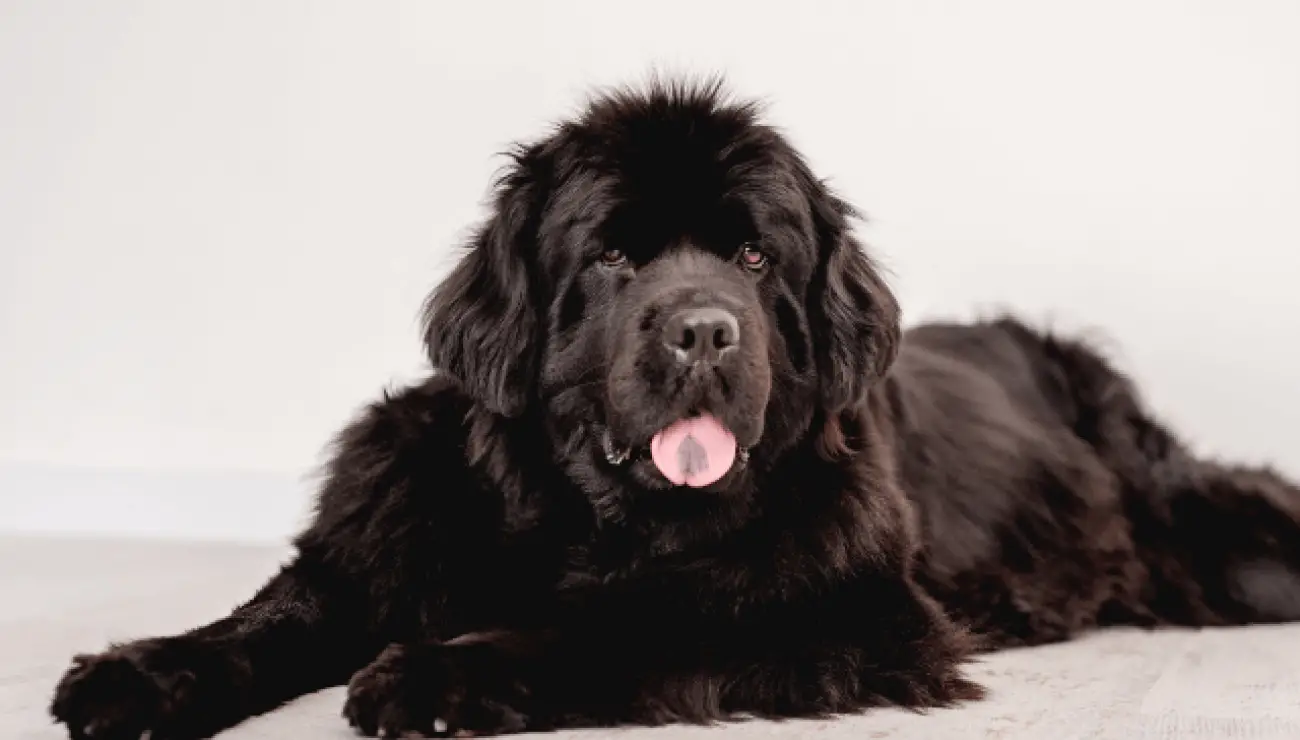
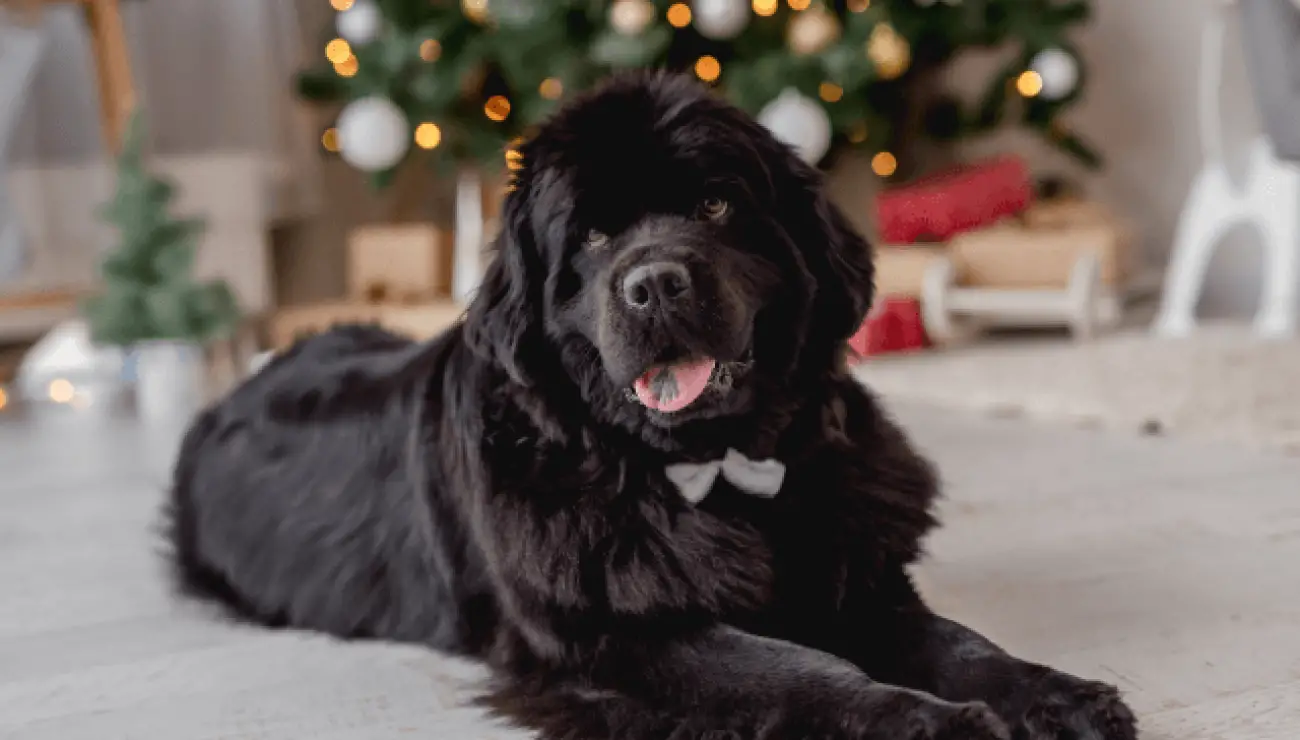
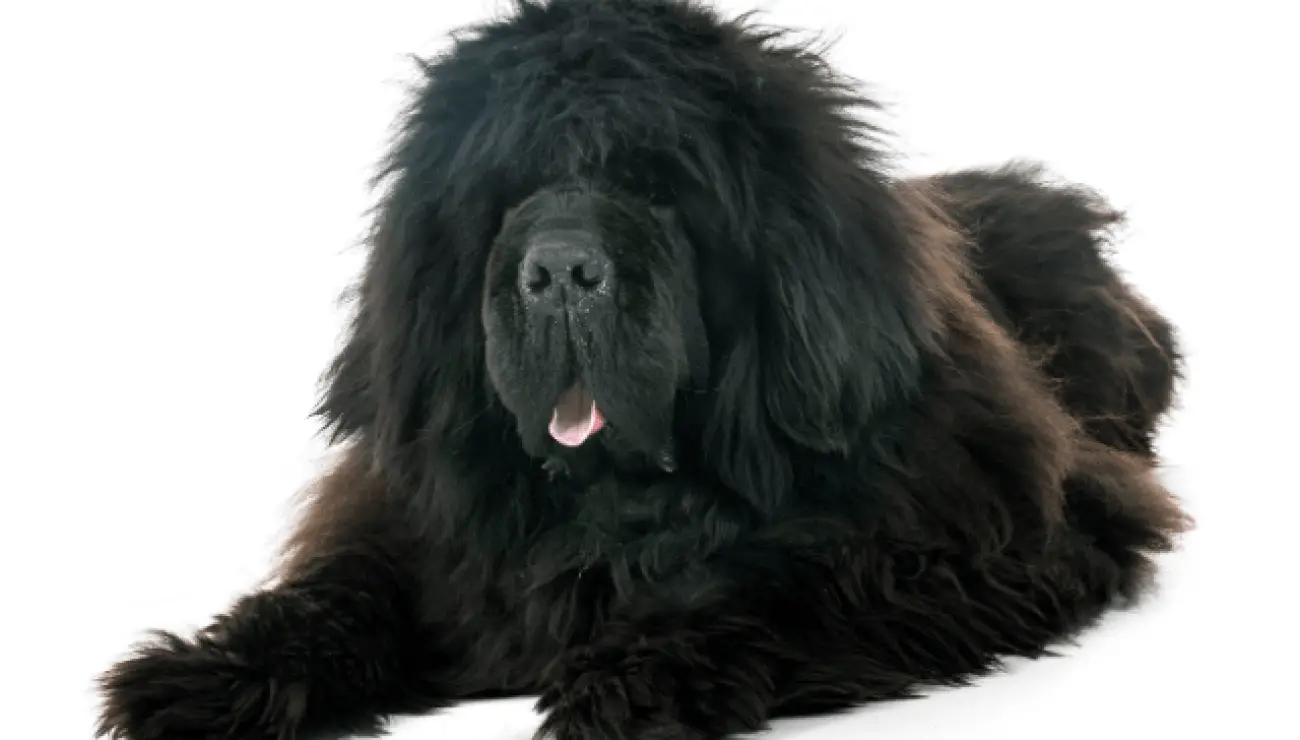

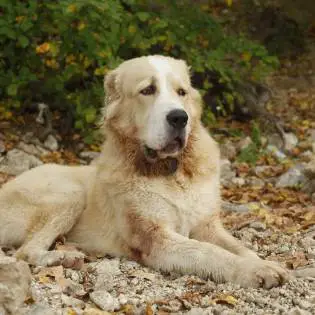
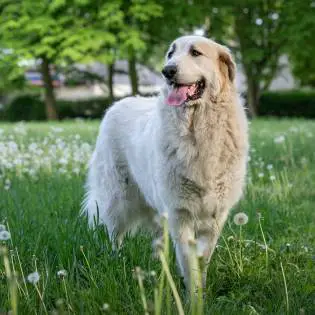

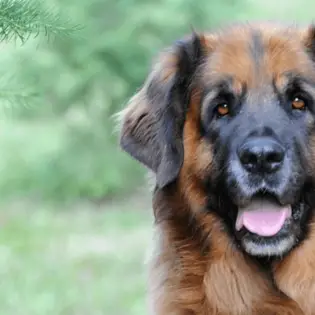
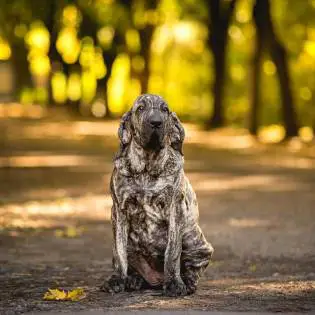
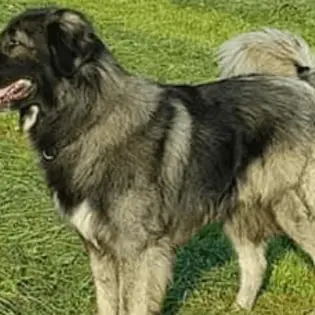
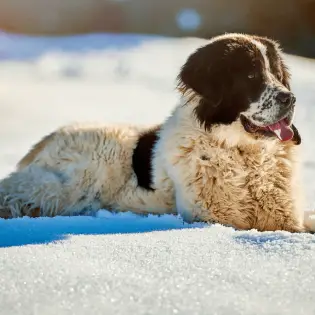

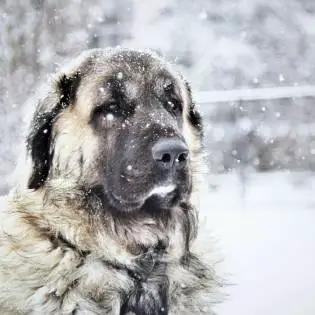

Share